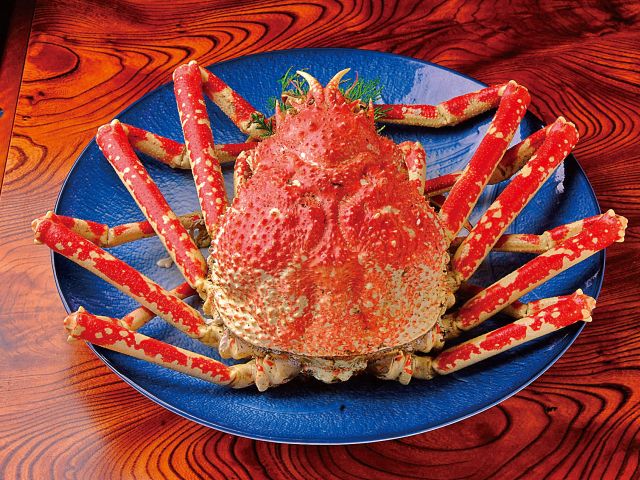
You can enjoy fresh seafood such as high-footed crabs and deep-sea fish, which are purchased directly from trawlers. It is rich and rich because it is quickly transferred to raw fish and retains its freshness. The standard is 7150 yen for high-foot crab set meal (order is 2 servings) and 1980 yen for Tendon with high-foot crab.
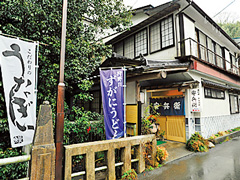
Crab crabs, also known as mok crabs, are rare ingredients that inhabit the clear stream. The menu is a staple of zugani udon noodles with exquisite soup made by grinding crab meat into miso. You can enjoy natural Ayu cuisine from June to October. Natural Ayu Sashimi, Natural Ayu Salt, Ayu Meshi, etc. You need to make an appointment.
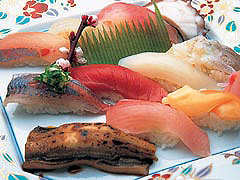
A sushi restaurant in Izu-Nagaoka Onsen, about 62 years of its inception. It is a quaint store like a restaurant, and all the stories are shipped directly from Numazu Port. Nigiri sushi is 1300 to 3000 yen (with chawanmushi), and in addition to Nigiri sushi, the Momoyama course is up to 3600 yen. You can eat the course at an affordable price. Weekday lunch of 1600 yen was also well received.
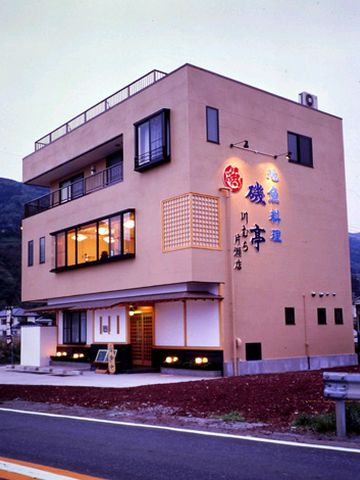
Iso restaurant, which mainly consists of ground fish dishes purchased directly from fixed-net. Kaishidon 2200 yen ~ has plenty of ground fish that were fried that morning. In addition, the ground fish tendon 980 yen is a perfect volume dish with tempura of local vegetables in addition to ground fish. There are also various daily set meals. In each case, it has such a soup as a soup. In addition, one dish can be enjoyed in various ways such as riverfish, harbo, golden bream, and manbo by frying on that day. Omakase course according to the budget is also popular.
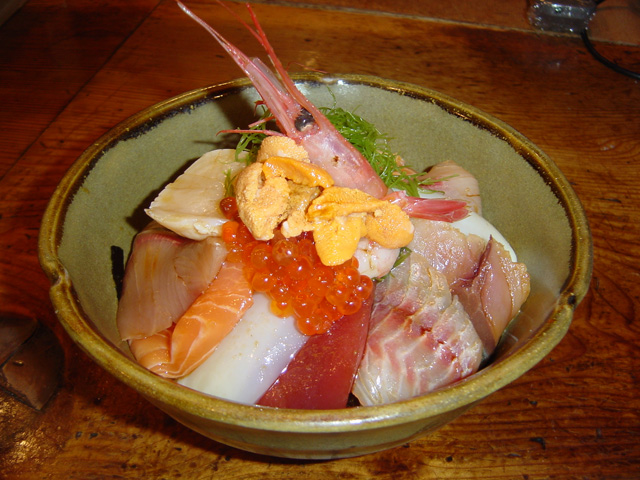
A seafood restaurant with a reputation for being cheap and voluminous in the Izu Atsukawa Onsen. The Iso-yadon 2200 yen is filled with plenty of finely chopped ground fish, shellfish, salmon roe, natame, etc., and the egg yolk is placed in the middle. Popular for the compatibility of seafood and natto. It boasts 12 types of rice bowls, ranging from Taki-don of Aji to 3960 yen of Unisazae bowl.
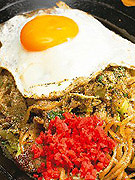
Osakaya is always busy with local children. Yakisoba, a signboard menu that won the Grand Prix at the Great Exposition at the foot of Fuji, is easier than it looks because it uses noodles from Marmo Foods, which do not coat the surface of the steamed noodles with oil. If you tangle the fried egg yolks on the mixed soba into the noodles, you get a more mellow mouthfeel. Okonomiyaki 550 yen ~ is also popular. If you get lost, it will be decided by Fujinomiya-style shigure-yaki. Takoyaki 300 yen, you can't even despise homemade fresh incense.
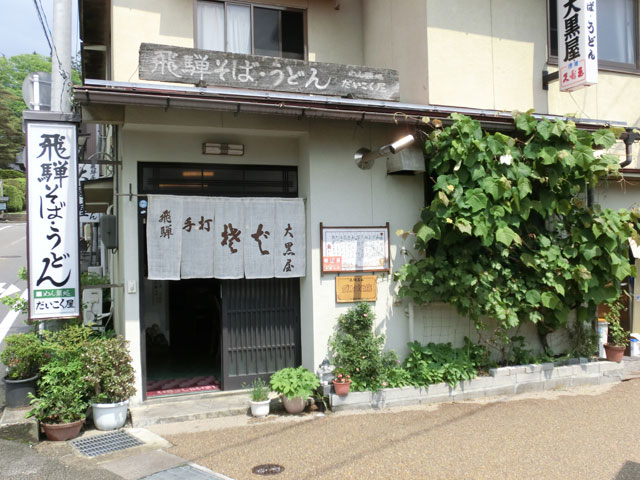
Soba/Udon-dōshōto, which faces the Enako River, with a popular zaru soba for 880 yen, and a shashira soba soba for 1000 yen, which is made from a dried shell column, with a special sobayu.
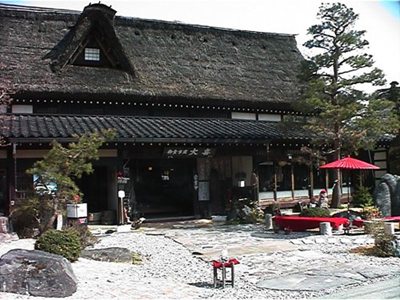
You can enjoy Hida beef, a wild vegetable dish that uses plenty of Hida ingredients. You can enjoy Hida beef steak set meal 2950 yen, Hida beef set meal 1950 yen, Hida beef Nigiri sushi 850 yen, and homemade miso made with Pak leaf miso from 1150 yen, etc. There is also a sweet taste, and it is well received when you can relax and eat.
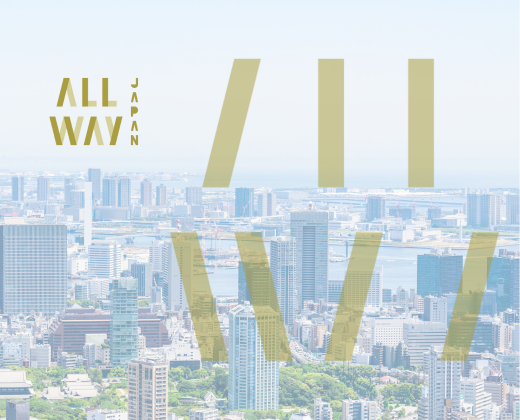
The restaurant is located in the upper dan district, where the image of Nakasendo Fukushima-juku remains dark. Although it is small, many customers carry their feet from a distance with the aim of seasonal local cuisine and char dishes made by a master of fishing for over 60 years. Fresh char is fried and sashimi and can be tasted all year round. The budget is around 3,000 yen per person by drink and drink.
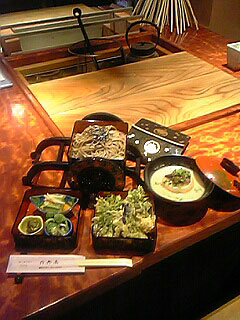
It boasts a variety of wild vegetable dishes and seafood dishes from the Sea of Japan, which the shopkeeper picked up. Handmade soba noodles with a connection of local traditions of bokchi, and a variety of local dishes, such as the specialty Sasazushi, are available for a seasonal lunch of 1900 yen.











